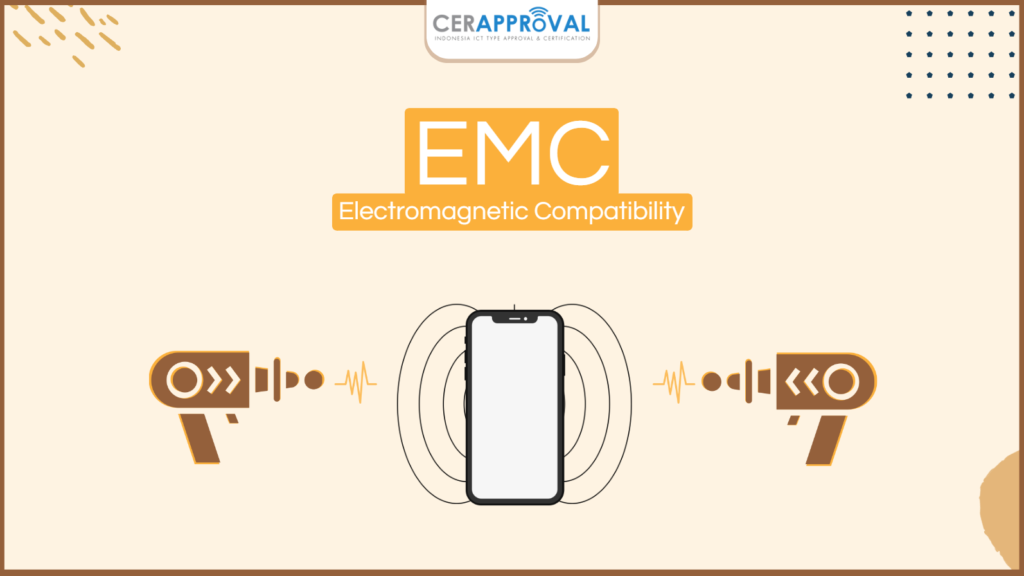Before the Device or Product is traded in Indonesia, those Device needs carried out Certification at SDPPI and getting an SDPPI Certificate first, to be able to get SDPPI Certification those devices must pass through three stages of device testing, those test are RF Test, Safety Test and EMC Test. What is the purpose of RF, Safety and EMC testing on Telecommunication Devices? We will discuss in this article.
To be eligible for trade in Indonesia, a telecommunication device must undergo Certification at SDPPI and acquire an SDPPI Certificate. The SDPPI Certificate signifies that the device has obtained permission and operates within the frequency regulations stipulated in Indonesia, making it legally compliant. Before obtaining SDPPI Certification, the device must undergo various testing stages.
Also Read : The Difference Between the Certified and Uncertified Device
Device testing purposes

RF Test

RF Test orf Radio Frequency Test on Telecommunications device aimed to testing the Frequency of the device/product so that it complies with regulations in force in Indonesia so it does not interfere other frequencies in Indonesia.
Frequency Bands included in Radio Frequency Testing are Bluetooth, RFID, WLAN, NFC, Low Power, GSM, WCDMA, 4G LTE, 5G, ETC. If the product has these frequencies band on the product, then the product must conduct an RF test for SDPPI Certification requirements.
Safety Test

Safety test is to check the current source so that there is no leakage in the device, does not short circuit, minimize the potential for the device not to catch fire, etc. the Device that needs to do the Safety Test is a telecommunications device that uses AC power / electric current directly from a wall socket, If the device uses AC power (plug) to start then the product, then it must perform a Safety Test as a requirement to obtain SDPPI Certification.
EMC Test

Electromagnetic Compatibility (EMC) test is a test to see the ability of an equipment or system to operate normally in an electromagnetic environment without being affected or producing interference to the environment.
The devices that needs to do the EMC Testing are Telecommunication Devices that have electromagnetic currents. If the device has electromagnetic current, the device must perform an EMC Test as a requirement for SDPPI Certification.
After successfully completing all testing stages, submit all test results promptly to SDPPI as the necessary requirements for obtaining SDPPI Certification. Once submitted to SDPPI, we will await the issuance of the Certificate, making your device ready for legal trade in Indonesia.
if you want to checking any products are already certified in SDPPI you can directly check in SDPPI website Sertifikasi.Postel
Also Read : The Importance of Labeling and Warning Sign on the Packaging of Telecommunication Device
Now that you understand the purpose of conducting RF, Safety, and EMC Tests on telecommunications devices for SDPPI Certification, let’s delve into the process in more detail.
If you are a manufacturer, distributor, importer, laboratory, or other entity who wants to distribute telecommunication devices and need to do certification for your telecommunication device in Indonesia, you can contact us through email cs@cerapproval.com or our WhatsApp.

